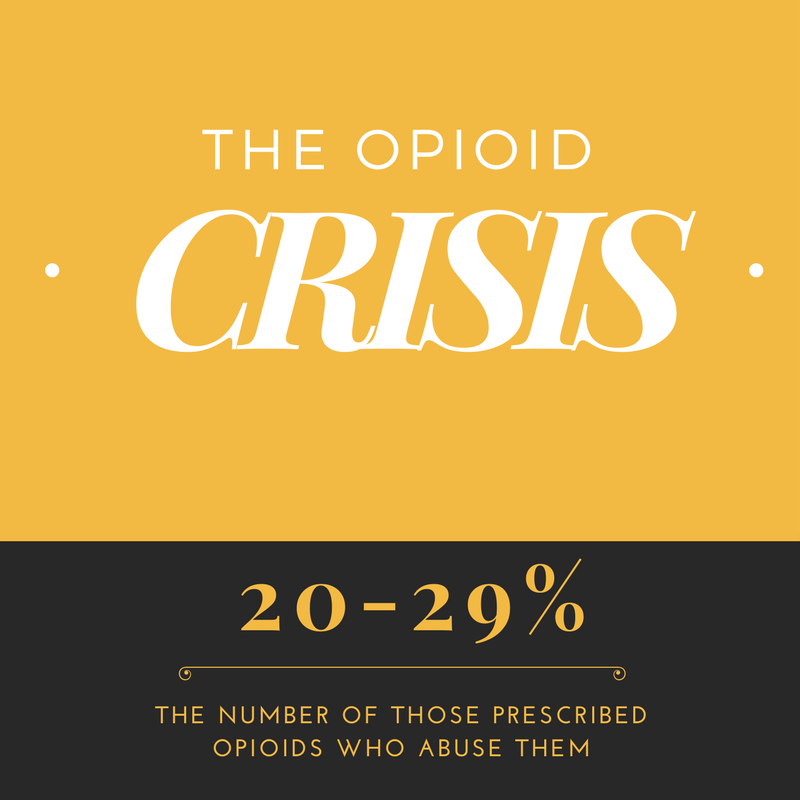
Learn about Opioids and the Opioid Crisis
How did we get here?
The prescription of opioids for chronic pain began with evidence of its therapeutic values and effectiveness in treating different types of chronic pain. There was a shift in thinking during the 1900s where clinicians started prescribing opioids for ailments like back pain or sports injuries, whereas in the past it had been used to treat acute pain or post-operatively. In recent years, the prescription of opioids began to skyrocket due to the public reassurance that one could not become addicted to opioids. Ever since then, opioid dependence and misuse has been rising.
How do opioids work?
Opioids, just like many other drugs, target the rewards system of the brain by mimicking neurotransmitters that already exist, flooding the brain with dopamine. As a result of opioid intake, the brain will start to produce fewer natural opiates in the brain; this is why people often have to take larger doses of opioids for the same euphoric effect. Opioids can have side effects and studies have shown that in the long term may actually cause increased pain sensitivity.
How effectively do they treat pain?
Although, studies show that opioids might be effective for treating chronic pain; there are many other alternatives that could also be considered just as effective. Therefore, there is a lot that still needs to be learned; studies have shown that options like ibuprofen may be more effective in the short term than in the long term to treat chronic pain.
Prevalence of the problem:
Approximately 20-29% of people who are prescribed opioids misuse them. Opioid overdose has increased by 30% from 2016 to 2017 across the United States; the numbers for opioid prescription have increased 5-fold from 1999 to 2010. This is not solely a US-based issue; however, the UK is also facing a similar crisis in the rise in misuse of opioids. With the rising misuse of opioids, there have been increasing incidence of other events, such as neonatal abstinence syndrome, where more children are being born exhibiting withdrawal symptoms from opioids. It is also possible that the opioid crisis is causing a shift into heroin addiction, that is being found more prevalently in elder populations.
What to do next:
Medical centers are looking into more managed and tracked patient care when it comes to exposure to opioids. To combat the current crisis, the NIH is looking to expand the availability of treatment centers for opioid use disorders. For future treatment of chronic pain, the NIH is currently looking into safe, non-addictive ways to treat chronic pain. Through prescription drug monitoring problems, physicians and doctors will be able to find and help those who might potentially start misusing opioids and get them the help that they need. They are also looking to promote the use of overdose reversing drugs like narcan or naloxone that reverse the effects of an opioid dose and can help those who are struggling from opioid use disorder.
There are many existing ways to help those with opioid use disorder. If you or someone you know is struggling with substance use disorder, opioid use disorder, or another kind of mental illness, please feel free to contact the professional team at Lifeline Connections for help! You can visit Lifelineconnection.org or call 360.397.8246 for more information.
